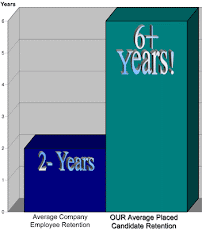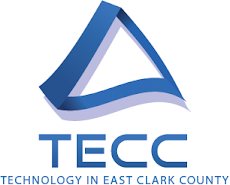I have over the course of last decade have been investigating why is it that so many good promising companies fail to reinvent themselves; they all reach a plateau and just stop growing. In the majority of the cases they implode.
Through my research I have found that the primary reason for the slowdown in growth is due to primarily the management structure which one finds instilled at all large companies; such a management structure is ill suited to needs of companies operating in the 21st century. It was devised when industrialization was at its peak (Alfred P. Sloan's of this world created for a different set of challenges), when labor and capital mobilization required a top down management structure.
Today's workforce specifically in the high technology industry is predominately made up of employees engaged in thinking intensive roles and possess the innate ability to be creative if they are provided the
environment where creativity is encouraged and decision making is transparent and not in the ends of select few and makes use of the collective wisdom of the entire team/group/organization.
There have been number of experiments conducted over the latter part of the 20th century have shown that the collective wisdom of the entire team/group/organization far exceeds that of any single smartest person in the team/group/organization. Harnessing the collective wisdom of the team/group/organization is a must to make decisions that are grounded and reflective of the dynamics of the business landscape the company operates within. American companies are limiting the ability of the creative class to be creative; they are made to operate within strict job codes which fail to take advantage of their creative skills in their entirety.
I do not mean to imply that creativity is only the realm of those engaged in THINKING INTENSIVE (engineers, scientists, etc) roles; one has only to look back early American pioneers and find thousands of examples where early immigrants demonstrated that creativity is a innate property within each human being. I think you can see where I am going with this, so I won't bore any with a lengthy drawn out discourse on what's wrong with American companies but end with saying those who adept to harness the creativity within their organizations will continue to flourish, and those who do not will follow the typical business life-cycle.
David Sidhu
Strategy Professional – Semi-conductor industry
















